Christmas Picture Book Guide for Diverse Selections Without Ideology
I've done the research so you don't have to
By Connie Morgan
Choosing what books your children read is serious business. At least it should be. Even picture books should be carefully curated. I am fully convinced that if parents treated reading with the level of reverence they do for sports or other extracurricular activities the country would be a lot better off. Some parents do. Others want to do so, but maybe don’t even know where to begin when creating a library for their child. The picture book industry is flooded with books, many of which promote what I would call unhealthy, abnormal, or straight up toxic values to children. The diversity genre is particularly poisoned. Does a parent like me who is sick of racial essentialism even need to make diversity within picture books a priority?
As a founder of Free Black Thought (FBT) I have helped uplift the voices of those who take a stand against racial essentialism, decry the excesses of critical theory, and/or even call for the abolishment of race as a concept altogether. To be quite honest I think many in the free-thinking community simply have race-topic exhaustion.
Because FBT and likeminded people push so hard against racial essentialism and even promote raceless philosophies we may come across as not valuing any form of diversity outside of diversity of thought. This isn’t true. Some of us may be exhausted of talking about racial problems but very few of us ever tire of admiring the beauty of physical and ethnic diversity within the human race.
Celebrating diversity of thought goes without saying. You’re consuming Free Black Thought content right now so you must be interested in diversity of thought. While I don’t believe a boardroom needs to have quotas of black or Asian or white people to be moral and effective, I do love that humans come in a variety of colors. I love admiring art as an outgrowth of different cultures. I love learning about ethnic traditions different than mine. I love listening to other languages even if I don’t understand them. And yes, sometimes diversity is good simply for diversity’s sake. I want my kids to know some people have darker skin tones and some people have lighter skin tones just as I want them to know some people have big feet and some people are very short and some people have freckles and some people have dimples. Appreciating the variety in mankind is admiring the creativity of God.
I do want the characters in the picture books I read for my children to look a variety of ways. However, I don’t want my kids to be race-obsessed. I want them to be so used to the idea that humans come in many different forms that they hardly notice the differences at all. Picture books are a tool to help me accomplish this.
We enjoy picture books starring people of every background and phenotype in my home but for this list I will stick to books with black characters. My criteria are as follows:
The book is not “woke.” I acknowledge the word woke has evolved but in this context I mean no racial essentialism, no victim Olympics, no third-wave feminism, no gender ideology, and so on. I don’t want single parenthood or divorce normalized or celebrated. I don’t want obesity declared perfectly healthy. I also don’t want New-Agey spiritualism.
Ibram X. Kendi’s Anti-Racist Baby and Matt de la Peña’s Milo Imagines the World are examples of books I would not put on my shelf. Anti-Racist Baby for obvious reasons but Milo Imagines the World is a bit more subtle. Milo Imagines the World normalizes a mother being in prison. Not only could this be viewed as a black stereotype, I don't want impressionable young minds (we’re talking 2 - 5 year olds) wondering if they might have to visit mom in prison one day. Even if I was in prison, I wouldn’t want them reading this book and believing imprisoned moms represent some sort of norm, because they don’t.The story is actually good. This is one of the biggest challenges across all picture books; most of them are trash. They have lame stories that barely have a plot. What my father calls “baby self-help books” have become all the rage and are all terrible. Titles I would avoid include Jimmy Learns to Share by Abigail Street, It’s OK to Be Angry by Alana Atkins-Jamison and Anala Jamison, and You’re a Special Kid by Nina Linde or anything that sounds similar. Pro tip: If the moral of the story is in the title it’s usually a book you can skip. This is another reason I would skip over books like Kendi’s Anti-Racist Baby. Even if I adhered to its critical theory-inspired ethos, I don’t want the main plot point made so blatantly obvious. Blatant moralizing is not how children learn morals through art. We all complain when a movie or TV show is “preachy.” Why do we force these preachy books on our own children? Matthew A. Cherry’s Hair Love and Grace Byers’s I Am Enough are other examples of this genre.
Charlotte Mason, the British education reformer who died a century ago this year, is a great guide to assessing picture books. The education pioneer said, “Let children feed on the good, the excellent, the great! Don't get in their way with little lectures, facts, and guided tours!” Your children need excellent stories not pandering instruction. Figuring out whether a picture book is good or not really isn’t rocket science. Is it one you reach for? Or do you silently moan when your child brings it to you? As the great C.S. Lewis said, “A children's story that can only be enjoyed by children is not a good children’s story in the slightest.”
Here it is appropriate to insert a note on Ezra Jack Keats. For many, the first wholesome picture book that features a black child that comes to mind would be something by Keats, especially his Caldecott-Medal winning book The Snowy Day at this time of year. I do have a couple of Keats’s books on my shelf and we do read them. While the classic books about Peter and his innocent adventures aren’t woke and aren’t preachy I never get excited when my child brings them to me. The illustrations are fine but they don’t excite me either. In my opinion Keats books are a bit dull. Although I wouldn’t insist you avoid buying a Keats book, none of his will appear on my list. Controversial, perhaps, but I am nothing if not unorthodox.Race is not a key plot point. If you search picture books with black characters on Amazon you will almost exclusively get results featuring woke books, baby self-help books, or non-woke books about racism. In fact, non-woke books about racism aren't difficult to find. Amazon will recommend tons of books about interracial friendships in the Jim Crow South, or historical black figures who battled racism, or stories of families struggling against racism. I am not saying one can’t use picture books to teach about racism. I am cautioning you against having too many books like that on your shelf. If every time a young child encounters a book with a black character it ends up being about racism, they may start to avoid any book they see with a black character, assuming it will be the same lesson they’ve heard before. Worse, they may come to believe that dealing with racism is the only interesting thing about black people. And even worse still, they may come to develop a victim mentality if they are black themselves.
I will probably do a “non-woke picture books about racism” list eventually, but those are not difficult to find, so I’ll hold off for now. What is harder to find is good stories that happen to feature black characters. Books with a good story where the ethnic heritage of the characters are not ostentatiously and preachily central to the plot.
Here is my definitive but not exhaustive list of picture books featuring black characters that aren’t woke, are good stories, and are not about race. In no particular order:
Best Classic: Corduroy
Author/Illustrator: Don Freeman
Yes, the bear is the main character but the child who takes Corduroy home is a well-dressed little black girl with a stylish mother. This is the perfect example of a sweet story that could be told with a child of any ethnic background but in this case it just so happens that she’s black.
Best Christmas Book: The All-I'll-Ever-Want Christmas Doll
Author: Patricia C. McKissack Illustrator: Jerry Pinkey
Set during the Great Depression, this is a classic lesson on the importance of putting family before materialism.
Best Book With Scripture: The Lord’s Prayer
Illustrator: Tim Ladwig
The only words in this book are the Lord’s prayer. The illustrations are wonderful and tell a story all on their own.
Best Christian Book: When God Made You
Author: Matthew Paul Turner Illustrator: David Catrow
I am a sucker for lots of color so I love the illustrations in this book. Many rhyming books are corny and terrible but this book has great wordflow. I take small issue with a couple of lines in the book: “you - yes YOU - in all of your glory, bring color and rhythm and rhyme to God’s story.” In my home, glory is always associated with Christ and not human achievement so that line is slightly problematic for me. Another line says, “God dreams about all that in you will be true.” We also teach God’s omnipotence in my home so insinuating that perhaps God doesn’t know the future is a little sticky. However, I don’t think the author was trying to push any strong theological perspective on kids. I feel I can explain the qualms I have to my children while enjoying the overall message and lovely illustrations. Matthew Paul Turner has another children’s book titled What Is God Like? I received it as a gift and promptly got rid of it due to its woke imagery and its teaching on the nature of God that bordered on the heretical.
Best Adventure Story Book: The Secret Shortcut
Author/Illustrator: Mark Teague
This was an all time favorite in my house as a kid. Two boys are always late to school. One day they decide to take a secret shortcut in order to be on time at last. One of the boys is black and one is white. Race is never mentioned in the story and plays no role in the plot.
Best African Legend: Abiyoyo
Author: Pete Seeger Illustrator: Michael Hays
I’ll be honest with you. Most of the African fables and fairytales I have read are not good. It’s not that they are woke or offensive. I tend to find the writing less than inspiring, the morals underwhelming or heavy handed, and for some reason I have yet to come across one with illustrations I like. Before you start sending me suggestions we’ve tried at least a half dozen ranging from Anasi and the Golden Pot to Why Mosquitoes Buzz in People’s Ears. If it’s a bestseller, I have read it. Really, it comes as no surprise that my favorite find so far is an old publication that no longer gets much promotion. Abiyoyo is an adaptation of a South African lullaby and folktale about a boy and his father who save the town from a giant. Reading this book for my kids takes me back to my theater days.
Best Out of Print: What Mary Jo Shared
Author: Janice May Udry Illustrator: Varies based on publication
This was originally published in 1966. A cute little girl cannot decide what to bring to class to share. This book is a subtle reminder of the importance of fathers.
Best Book with a Mixed Child: Titch and Daisy
Author/Illustrator: Pat Hutchins
This is another book that is out of print. A story of a little girl and boy who can't find each other at a party. The story itself isn’t that impressive but my kids love trying to “find Daisy” in the pictures. Another interesting thing about this book is that there are black and white children at the birthday party but the black children outnumber the white children, and no big deal is made of it. A subtle thing you don’t see often. Although not a board book, this is another one I would recommend for kids just starting to listen to and look at picture books.
Best Book About a Boy: The Summer Nick Taught His Cats To Read
Author: Curtis Manley Illustrator: Kate Berube
A quirky tale about a boy teaching his cats to read. One cat takes to it and the other is quite the grumpuss.
Best Book About a Girl: Cherries and Cherry Pits
Author/Illustrator: Vera B. Williams
This story is about a little girl in the city who loves to tell stories by drawing. The young artist’s name is Bidemmi so this book will expose your children to unique names. The character does point out that one of the figures she draws is an “old white woman” but it is not with any animosity and is simply her statement of a fact.
Best Book in an Urban Setting: Flower Garden
Author: Eve Bunting Illustrator: Kathryn Hewitt
This is a simple story of giving with wonderful full color illustrations. What's not to love about a tale that is warm, sunny, and full of flowers? The family in this story live in a city apartment, which may either convey a sense of familiarity to your children or expose them to an unfamiliar way of living.
Best Book in a Rural Setting: The Old Truck
Author/Illustrator: Jarrett Pumphrey and Jerome Pumphrey
The story features a black farming family. In a refreshing twist, the daughter doesn’t run away to the city but instead stays and continues her family's work with the help of some familiar farm equipment.
Best Book Set in the Past: Down the Road
Author: Alice Schertle Illustrator: E.B. Lewis
The backdrop, the watercolor stylings, and the fact that the mother gives her daughter “a handful of coins” to buy a dozen eggs indicate that this story is set in the ‘60s or ‘70s (even though the book was published in 1995). It’s very difficult to find a book set in this era with black characters that doesn’t focus on moralizing about race. Instead, what you get with this book is a lesson on forgiveness and parental love.
Best Biographical Book: Wilma Unlimited
Author: Kathleen Krull Illustrator: David Diaz
I have very few non-fiction or biographical picture books on my shelf but this is one I cherish. It is the reason that throughout my youth if anyone ever asked who my hero was I’d say Wilma Rudolph. This book joyfully tells the story of Wilma Rudolph’s journey from a polio stricken child to a gold medalist. If I’m in the right mood, it might even make me cry.
Best Multicultural Book: Chicken Sunday
Author/Illustrator: Patricia Polacco
This book features a strong friendship between a Russian girl and a black Baptist family. There is bigotry in this book but it’s not directed at the black characters but at a Jewish man. It’s very rare for a book with black characters to feature prejudice that is not anti-black. It’s an important and subtle way to show children that, unfortunately, most if not all people have faced some form of discrimination. Oppression is not unique to black people. This story also highlights cross-cultural, cross-racial, and cross-religious friendships.
Best Board Book: Peekaboo Morning
Author/Illustrator: Rachel Isadora
Such a simple book, but it delighted my babies. A great “first book” for tiny people who are just starting to show interest in books.
Best Book with More: Rainbow Stew
Author/Illustrator: Cathryn Falwell
This category is for any book with a recipe, a craft, or some other activity included. Rainbow Stew takes the reader through the process of gathering vegetables and turning them into soup on a rainy day. Your kids can try it out themselves with the recipe that is included. Note: they may have to find their veggies at the grocery store and not in an incredible yard garden like the one depicted in the book.
Best Animal Book: Petite Rouge
Author: Mike Artell Illustrator: Jim Harris
How can a book feature animal characters and still be considered a “black book”? The animals are culturally Cajun, which is an admixture of French (by way of Acadia), Native American, and African/African-American cultural strands. The book re-tells Little Red Riding Hood, Cajun style. I am not sure who gets more excited to read this book. My husband and me or our kids. The rhyming is delightfully silly and the illustrations offer so much for the eye to explore. One of our favorite stanzas:
Dey don’ be gone long
When dey see by a stomp,
A big, long, green log
Dat got plenty a’ bomp
Best Book Featuring Old Characters: When I Am Old With You
Author: Angela Johnson Illustrator: David Soman
It doesn’t get much sweeter than this book. A look into what a child thinks being old is like. Quite frankly, he’s probably not far off the mark.
Best Poetry Book: Bring Me Some Apples and I’ll Make You a Pie
Author/Illustrator: Robbin Gourley
This book could’ve been in a number of the categories. It is a story about culinary legend Edna Lewis, who introduced the rest of America to Southern cuisine. It’s not so much a poetry book as a book with poetry in it. My family loves chanting the short poems in this book. It is told in such a way that if you didn’t know better you’d think it was just a story about a farming family. That’s the way picture book biographies should work. Entertaining stories that just so happen to be about real people.
Best Book About Family: My Family Plays Music
Author: Judy Cox Illustrator: Elbrite Brown
I love that this book shows black people playing all kinds of music in all kinds of genres. A black guy in a polka band? That’s pretty freaking awesome. This book, like the classic Zin! Zin! Zin! A Violin is a great way to introduce children to instruments. I am amazed at how many instruments my kids remember and recognize just from reading picture books.
Best Non-Fiction Book: Over and Under the Pond
Author: Kate Messner Illustrator: Christopher Silas Neal
There is something about the art in this book that soothes me. I think it is more the color scheme than anything else because usually this style/technique doesn’t draw me in. I like that this book doesn’t shy away from big vocabulary words either.
Connie Morgan is a Christian, wife, and mother located in the Pacific Northwest. She has a background in economics and public relations and has worked in higher ed and marketing. She served five years in the United States military as a military intelligence officer. Her main research and writing interests are the family, education, and personal liberty generally. Connie is a founding member of Free Black Thought. She is the regular host of the Free Black Thought Podcast. She tweets here.




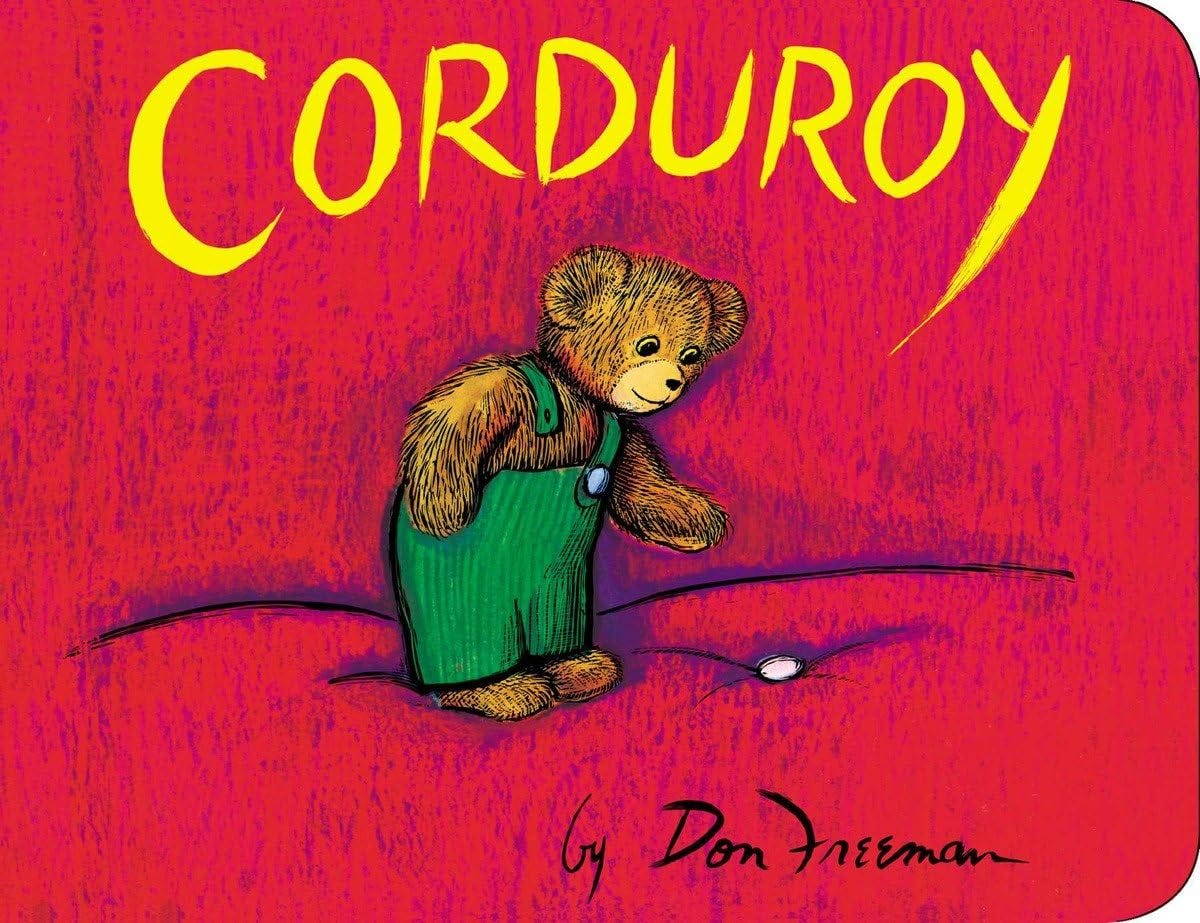
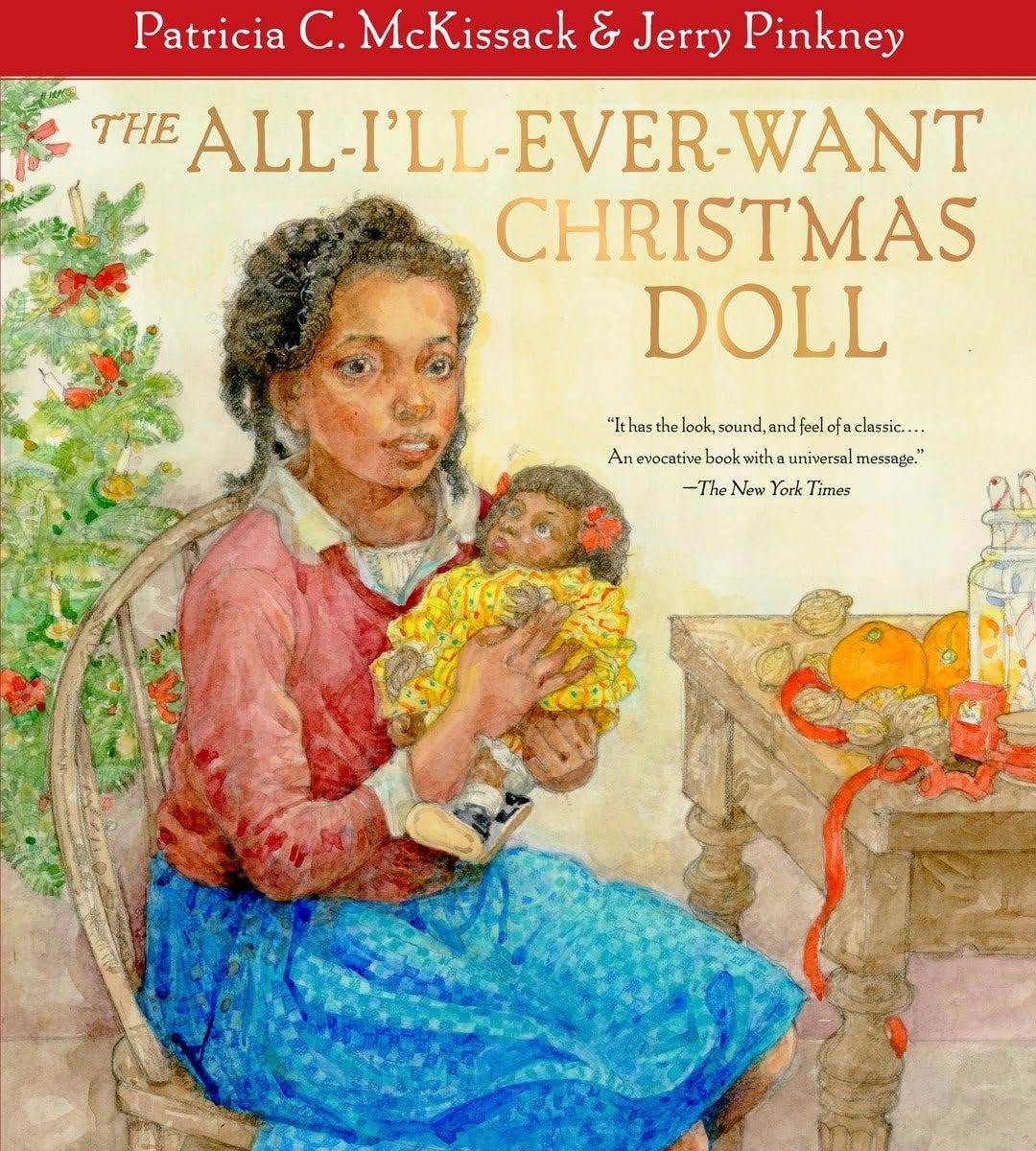
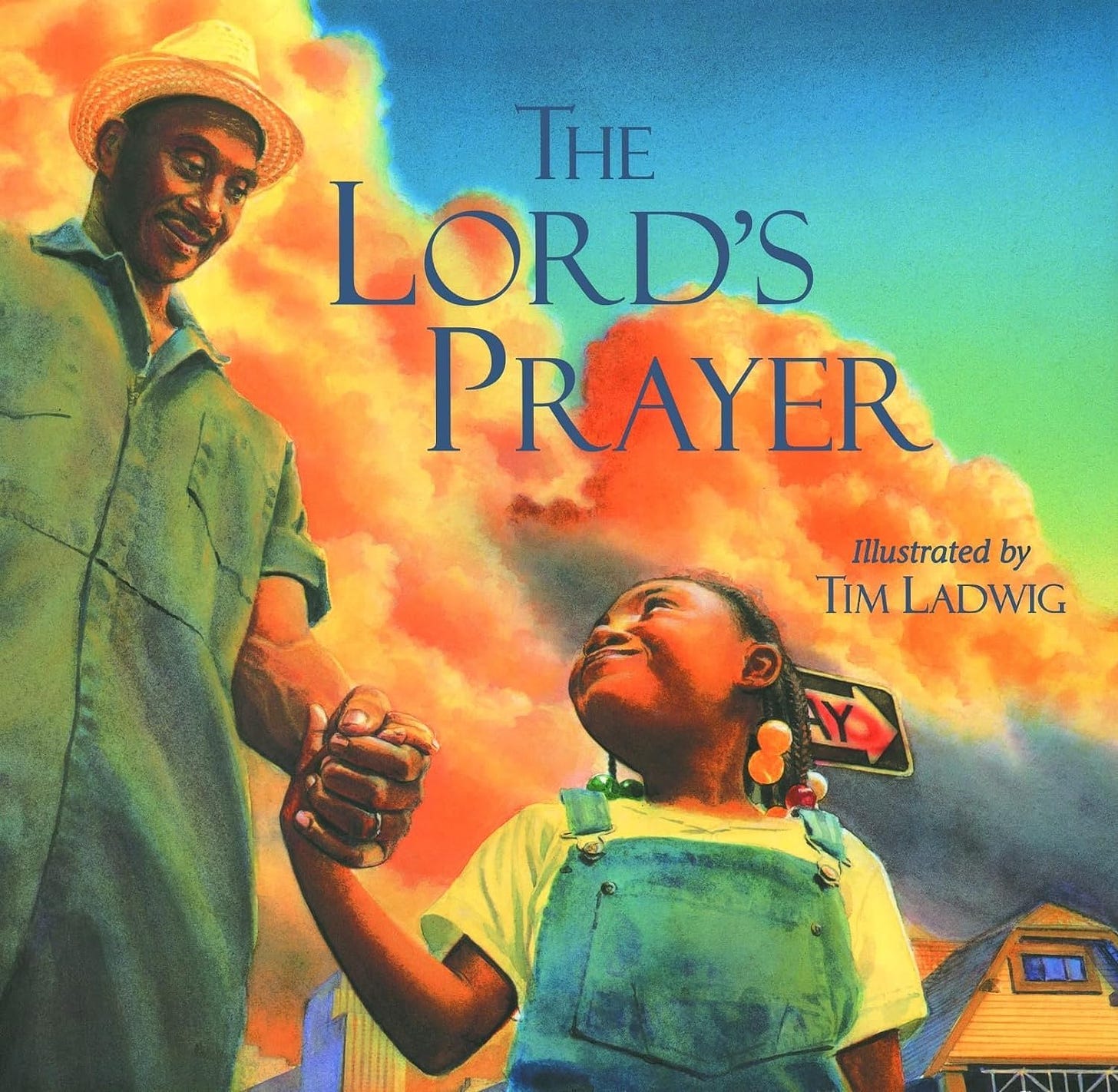


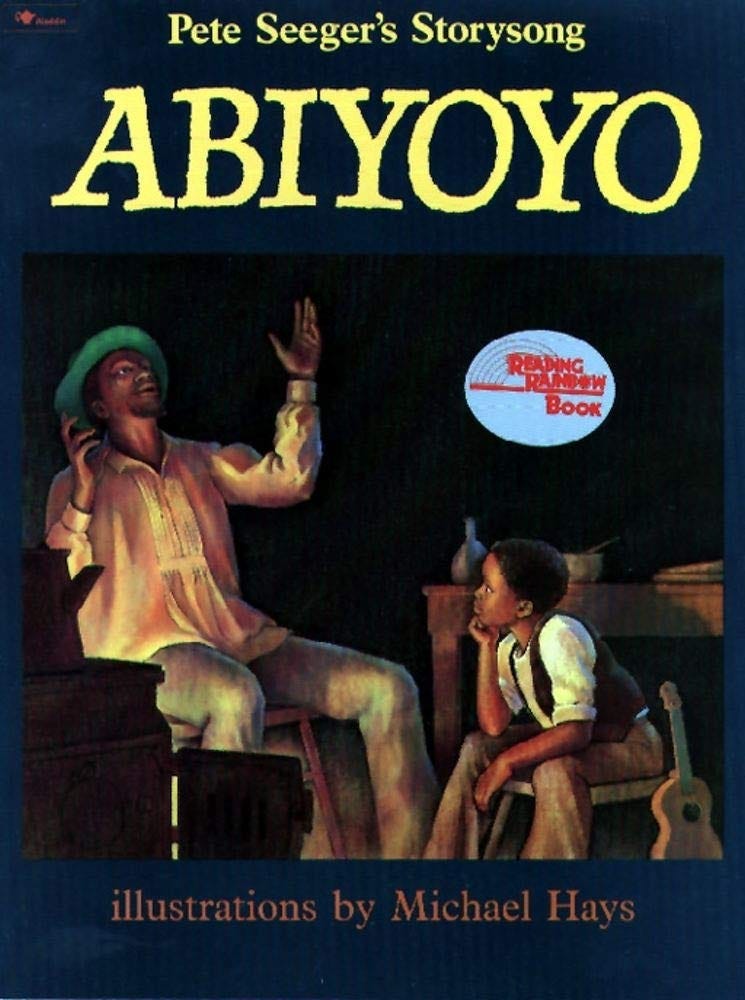





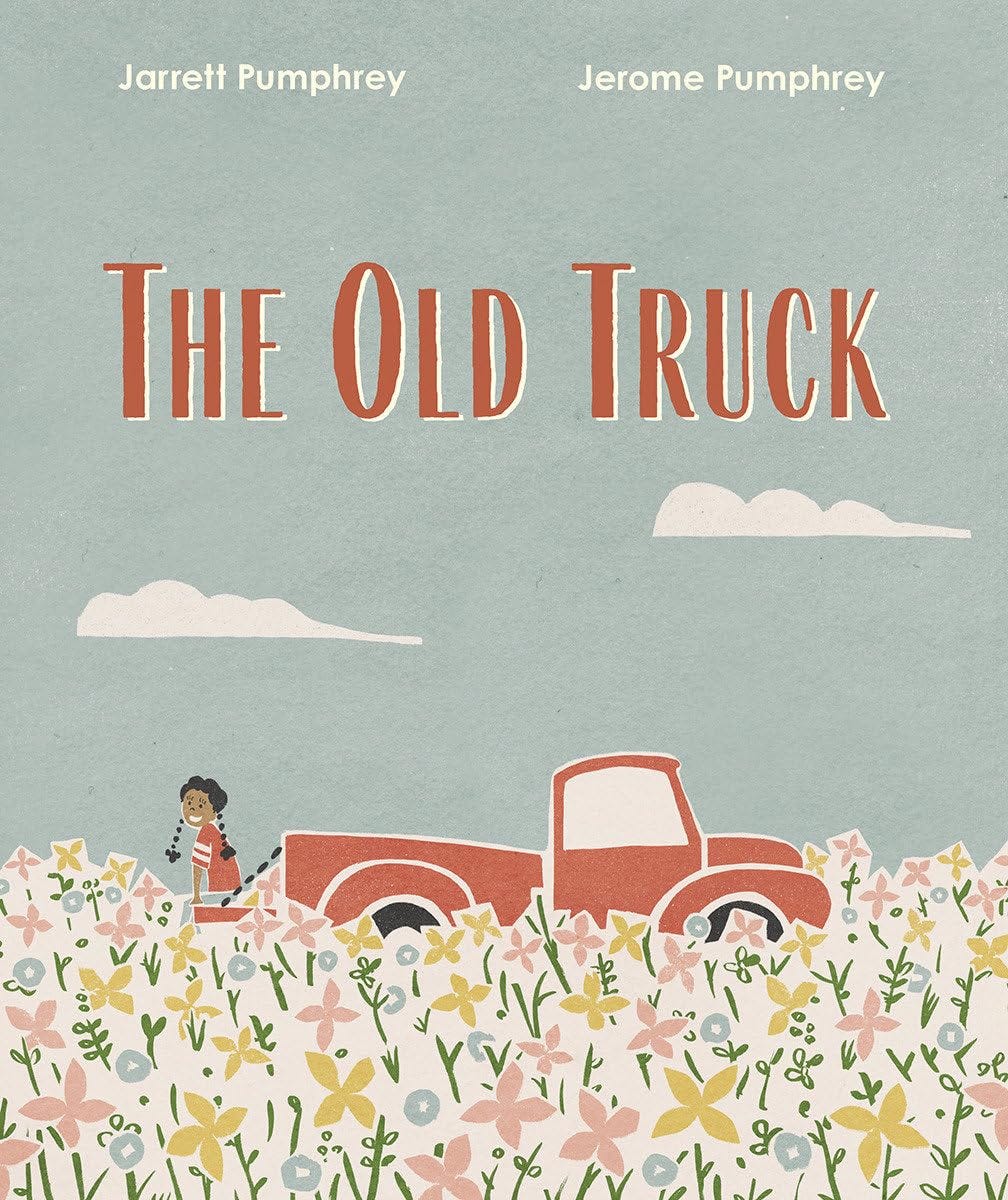


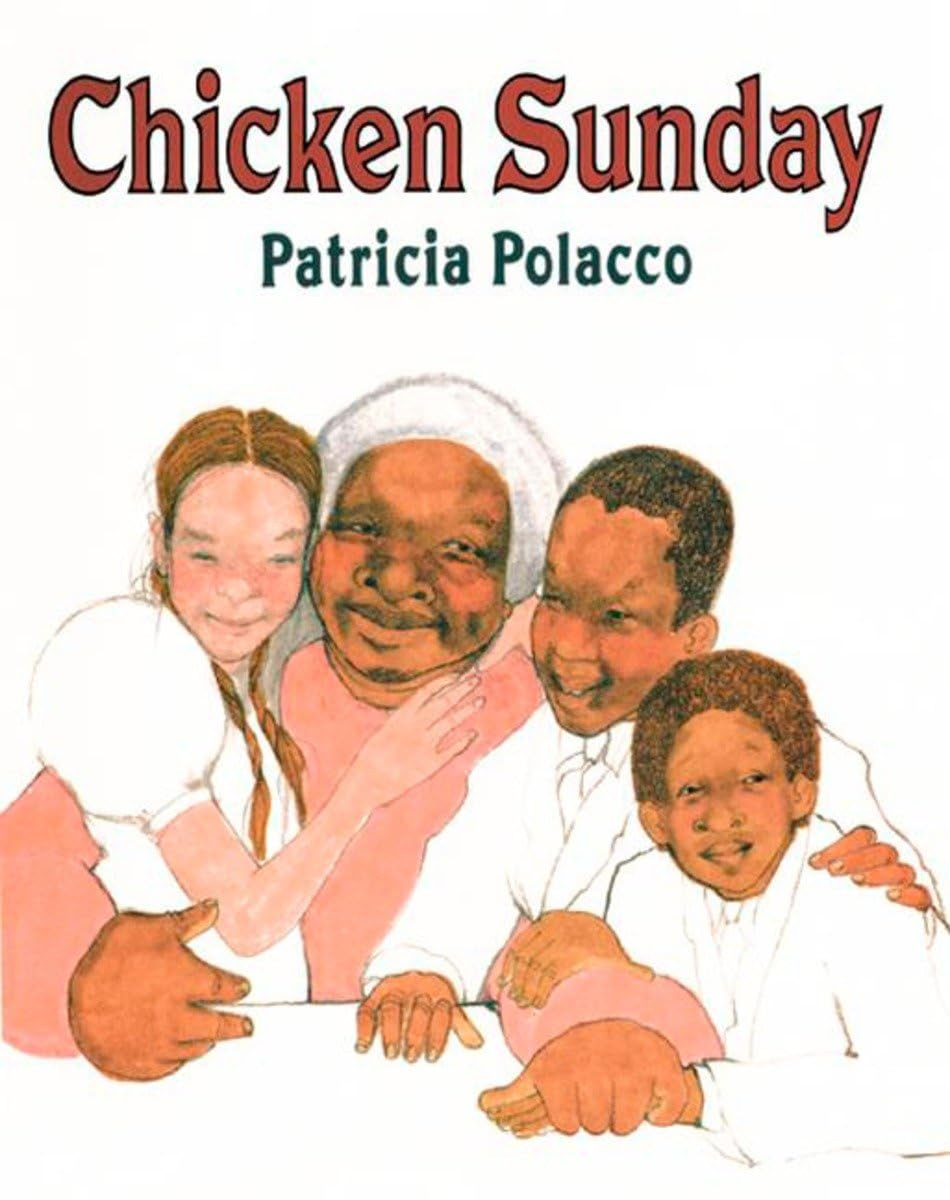
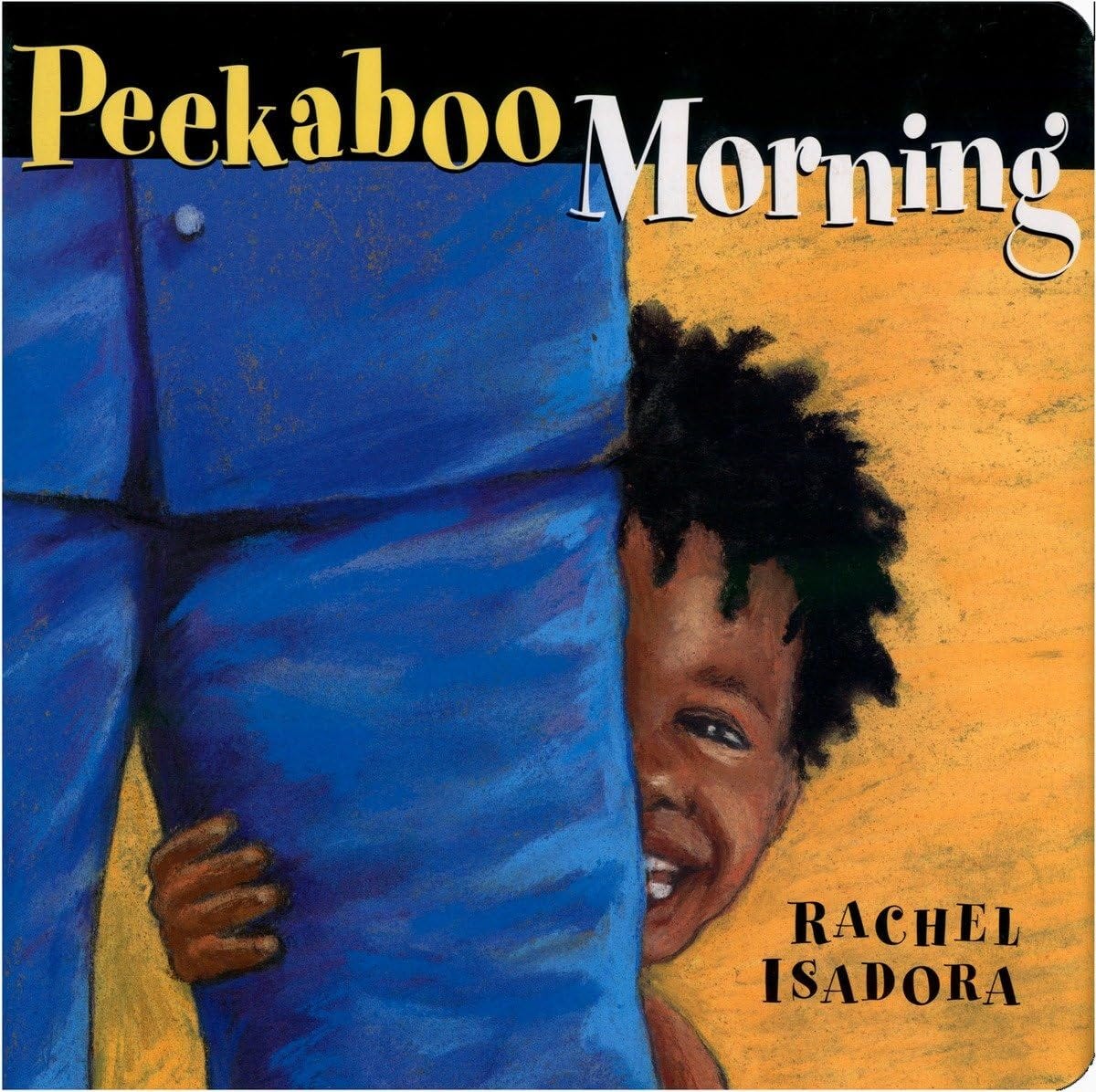


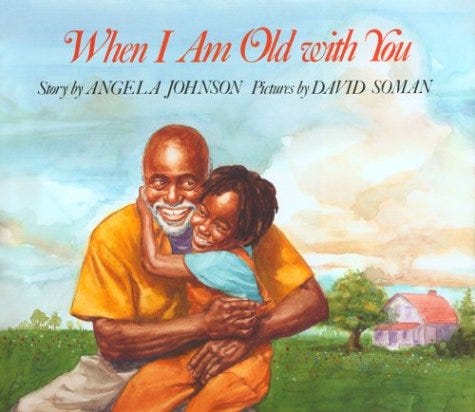
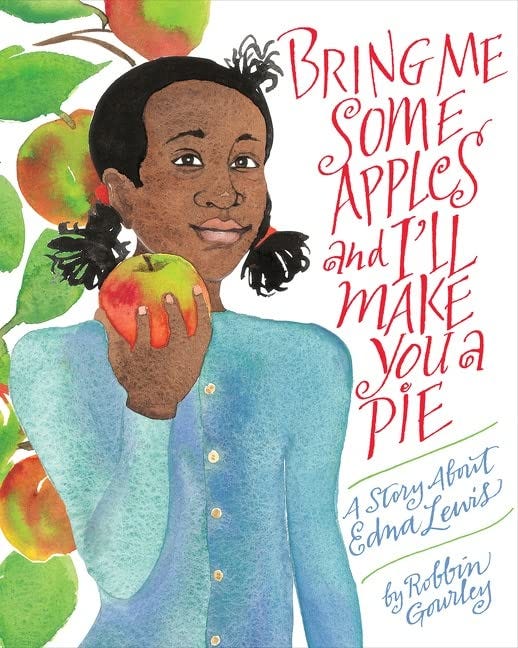

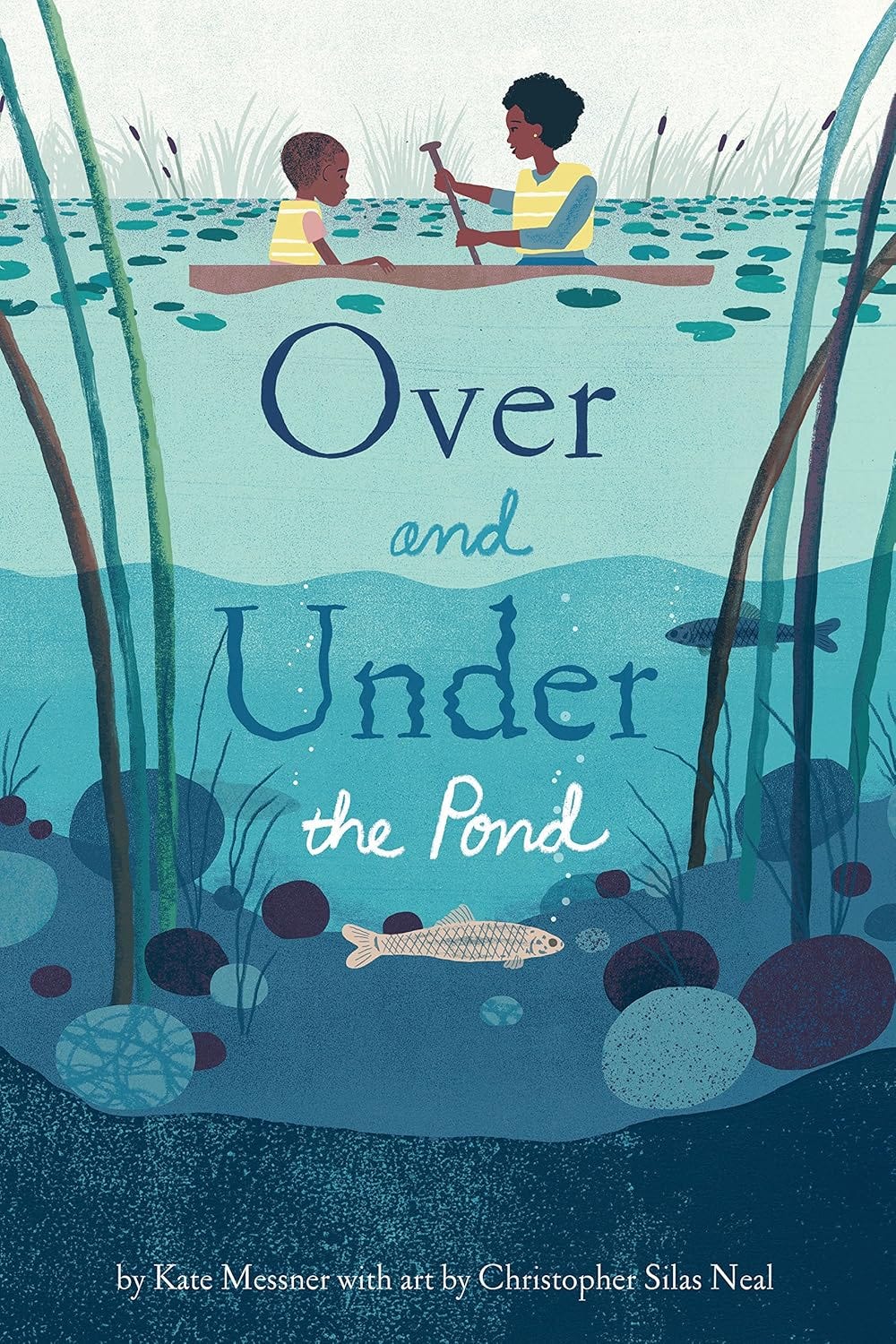
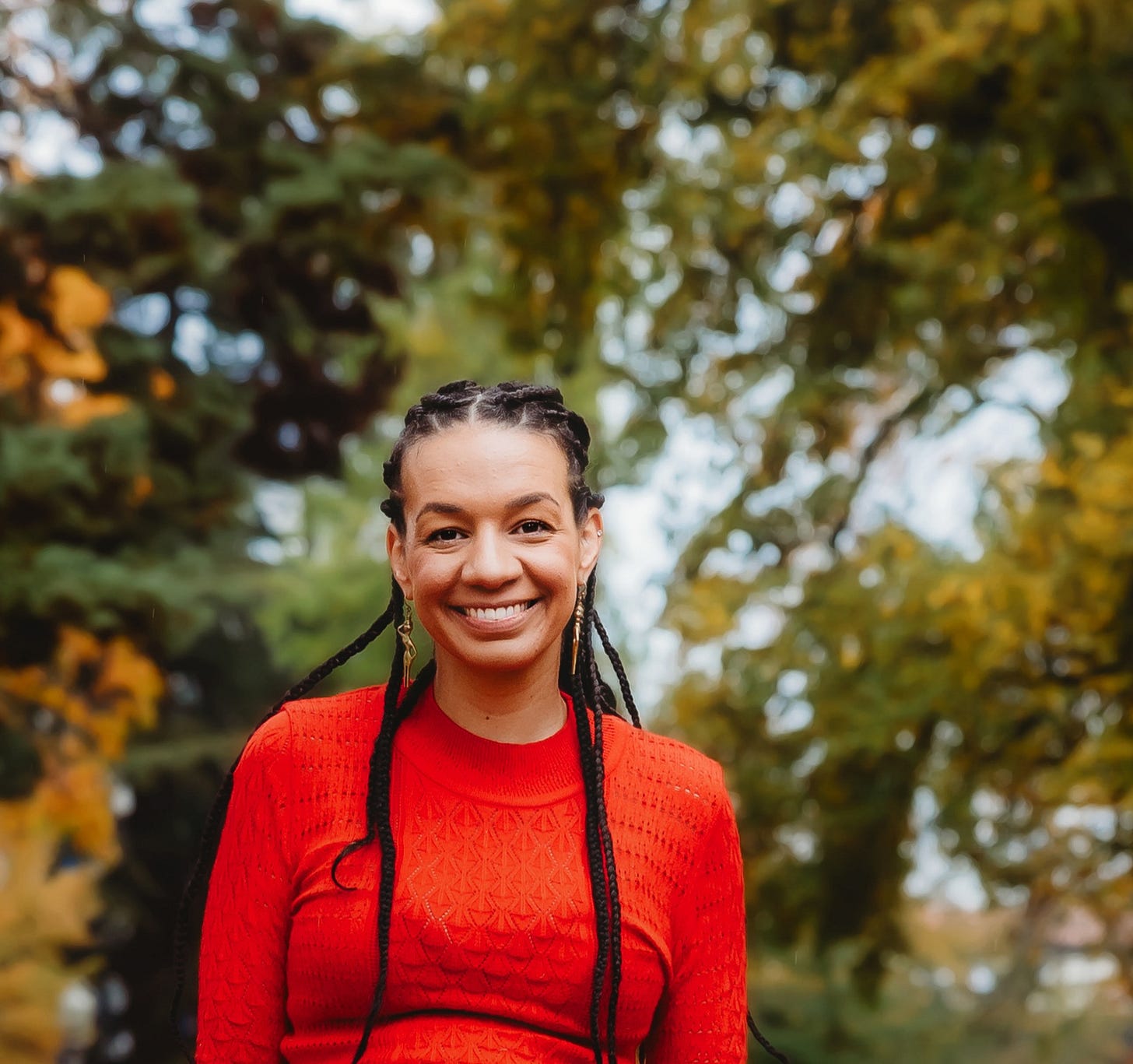
Thank you so much for doing this research! My kids are older teens now, so I wish I would have had this list a few years ago, but nonetheless, thank you! There's one more book you could ad: "Grandma Lena's Big 'Ol Turnip" by Denia Lewis Hester and Jackie Urbanovic. My kids loved it.
So a question for you: do you have any recommendations of good (non-woke) biographies of black men or women that my teens (ages 17 and 14) would read? My 17 yr old is a girl who's tired of our surrounding mostly white Christian culture type books and my son is 14 and is in a classical Christian school so I think he'd love anything that isn't ancient or medieval! (He reads things like Eusebius and Herodotus in school, etc.) I really need some ideas!
I'm so glad you've created this forum/substack. It's really necessary and I will spread the word. We need more free thinking black committed Christian moms/wives/women!
I LOVE children's books. I am blessed to have had such a nice library when I was a girl.
Its important to me to expose my daughter to all types of cultures and perspectives through literature.
Some of the books today are too obviously "woke" for my liking as well. Although, I do appreciate "Hair Love".
I like the Lola series by Anna McQuinn. Lola looks my little one, lol.
Anything illustrated by Oge Mora.
Flossie and the Fox by Patricia Mckissack (love McKissack)
My Day with Gong Gong by Sennah Yee